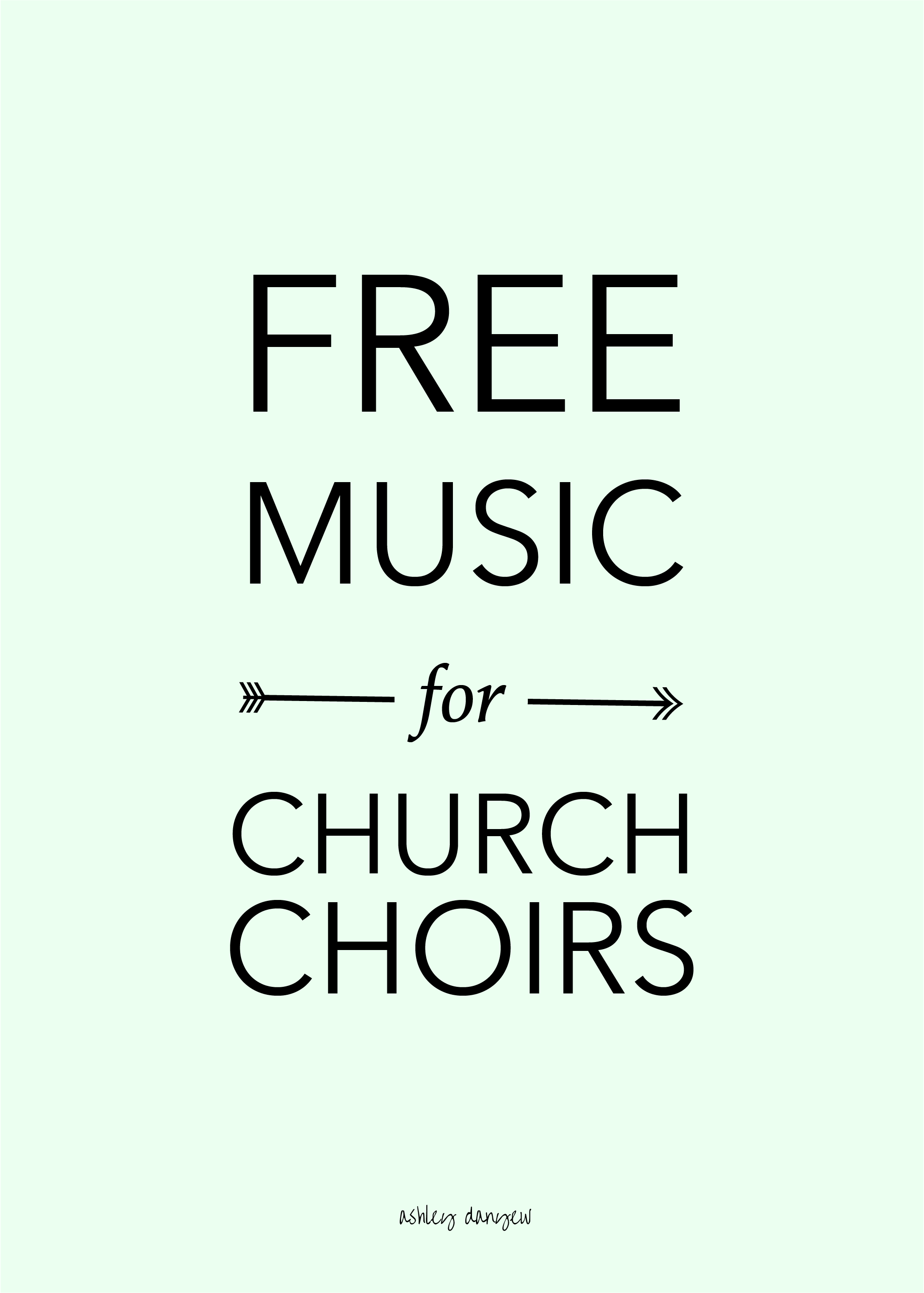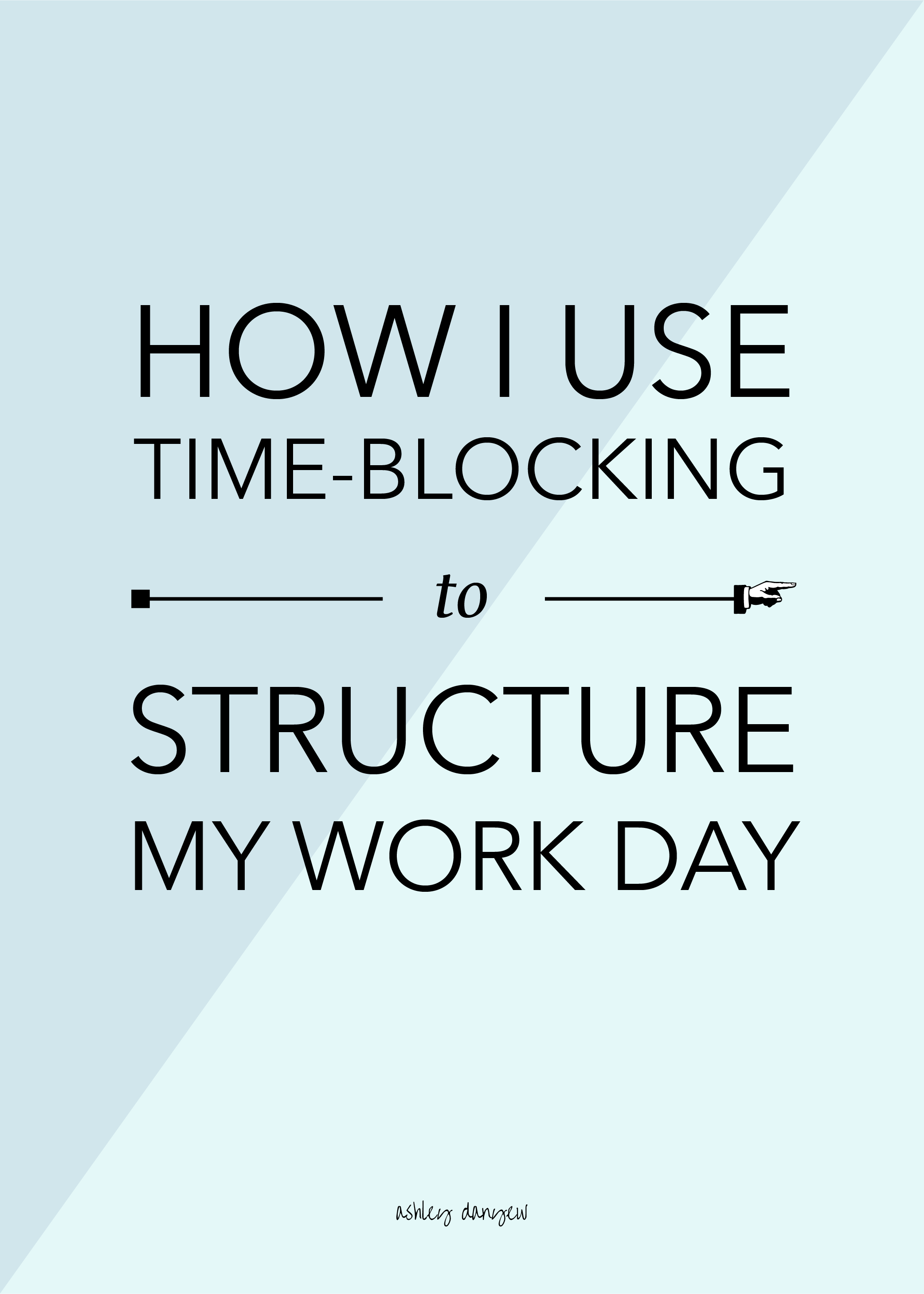Email newsletters are a great way to be inspired, stay connected, and become aware of new music and resources that might be useful to you in your work.
Some may feature curated content - articles, blogs, resource links, and tips from various places on the web. Others may focus on a specific subject in each newsletter. Still others offer daily devotions or short notes of inspiration to help get your week off on the right foot.
A word of caution: In today’s world, it’s easy to over-subscribe to email newsletters. Remember, every email subscription is a personal invitation into your inbox, so choose wisely.
Staying connected can be a blessing, but it can also be a burden. Think about what will actually help you in your work or inspire you as you go about your day and what will just add more complication or clutter to your life.
Looking for a few recommendations? Here are five email newsletters to consider:
















